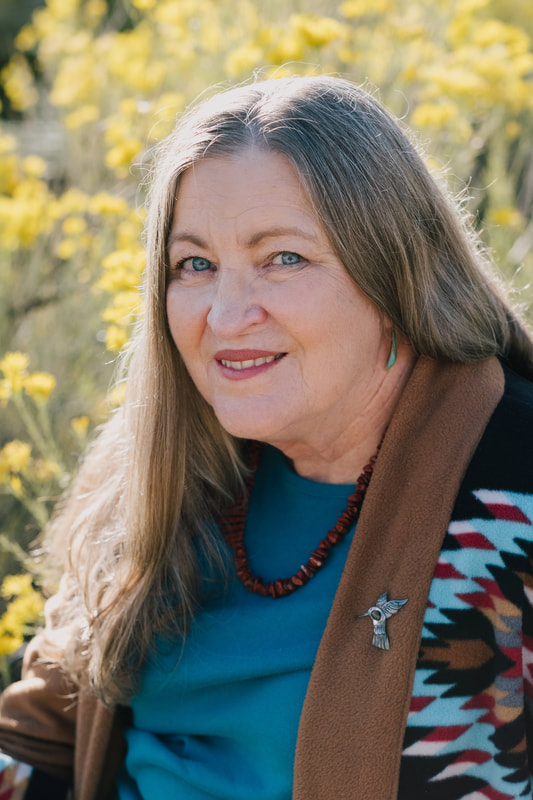


 New Mexico has been peopled for tens of thousands of years. The radiocarbon dating of footprints found at White Sands has pushed back human occupation to somewhere between 23,000 and 21,000 years ago. As far as we know, for much of that time, the different people occupied different areas without any formal boundaries.Spheres of influence overlapped. People shared the same hunting grounds and wintering areas, sometimes peacefully and sometimes not.  That all changed with the coming of the Spanish in the sixteenth century. The first peoples with a written system to document their intentions, they declared the land the property of the Spanish King and divided it into grants. From early on, the Spanish recognized three different types of land grants. Private grants were awarded to soldiers, nobility, and important people. Community grants were given to groups of people, particularly genizaro. The settled Indian populations, which means the Puebloans, received grants that protected their pueblos and fields from Spanish incursion to some degree. Those tribes that did not live a settled lifestyle did not receive land grants. Following the Mexican-American War, the United States took control of the territory. The treaty ending the war recognized the Pueblo land grants. In 1863, President Lincoln presented 19 Pueblo Governors with canes to show that the Federal government recognized their authority. Today there are still 19 Pueblo tribes in New Mexico. Each pueblo is a sovereign nation. Not all Indigenous peoples in New Mexico lived settled lives. The nomadic tribes: the Apache, Navajo and Comanche tended to live within a range of land, but they did not stay in one place. The Navajo had fields and orchards, but they did not tend them year round. These groups were not given land grants by either the Spanish or the Mexican governments when they controlled New Mexico. In 1837, Sam Houston, the President of the Republic of Texas, proposed that the Comanches be given their own land. Their summer range encompassed much of western Texas, large portions of what is now Oklahoma and New Mexico, and the edges of Colorado and Kansas. The Comanches were fierce fighters. Giving them their own territory would, the Texans hoped, stop them from killing settlers and attacking wagon trains. The Texas congress did not ratify Houston's proposal, and the Comanche's were eventually given a reservation in Oklahoma. Apache tribes have little reservations scattered over several western states, and the Navajo reservation straddles the states of Utah, Arizona and New Mexico. In the 1970s, Navajo tribal chairman Peter McDonald suggested that the Navajo homeland become the fifty-first state, giving its occupants more autonomy and control. The biggest issue at the time was the refusal of Utah to allow the Ft. Hall Navajos to build a casino on their land. While his proposal received national attention in 1974, New Mexico, Arizona and Utah all refused to support it. If the population within the reservation grows, this proposal might be renewed.  Jennifer Bohnhoff is a retired New Mexico History teacher who now writes historical fiction. She has written about the state during the Civil War in Where Duty Calls, during World War I in A Blaze of Poppies, and is currently at work on a novel set 12,000 years ago during the Folsom period.
3 Comments
9/20/2022 12:44:44 pm
What’s up friends, its great post about teaching and fully explained, keep
Reply
9/20/2022 02:49:01 pm
Not all Indigenous peoples in New Mexico lived settled lives.The nomadic tribes: the Apache, Navajo and Comanche tended to live within a range of land, but they did not stay in one place. Thank you for making this such an awesome post!
Reply
12/30/2022 05:30:02 am
The history of mexico is too old. Now mexico population is increasing day by day, different peoples occupied from different areas. Mexico is historical place and i want to visit once in a life.
Reply
Leave a Reply. |
ABout Jennifer BohnhoffI am a former middle school teacher who loves travel and history, so it should come as no surprise that many of my books are middle grade historical novels set in beautiful or interesting places. But not all of them. I hope there's one title here that will speak to you personally and deeply. Categories
All
Archives
March 2025
|